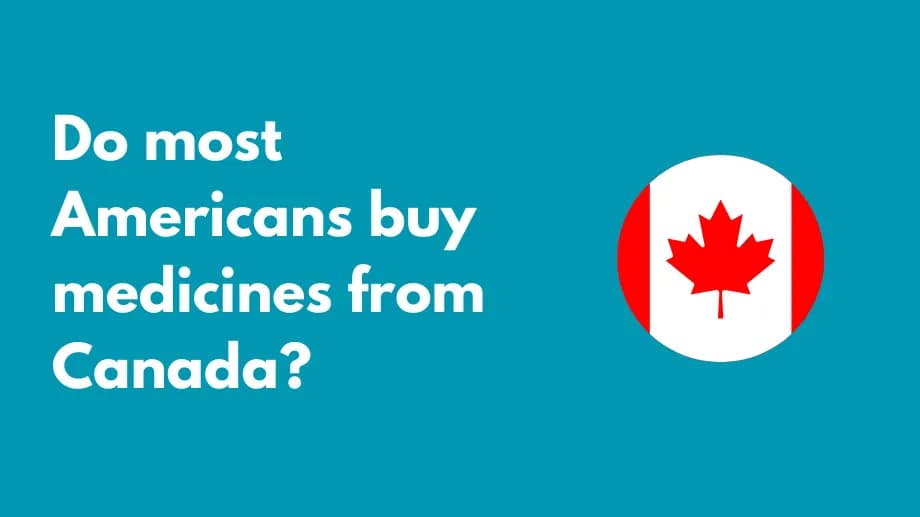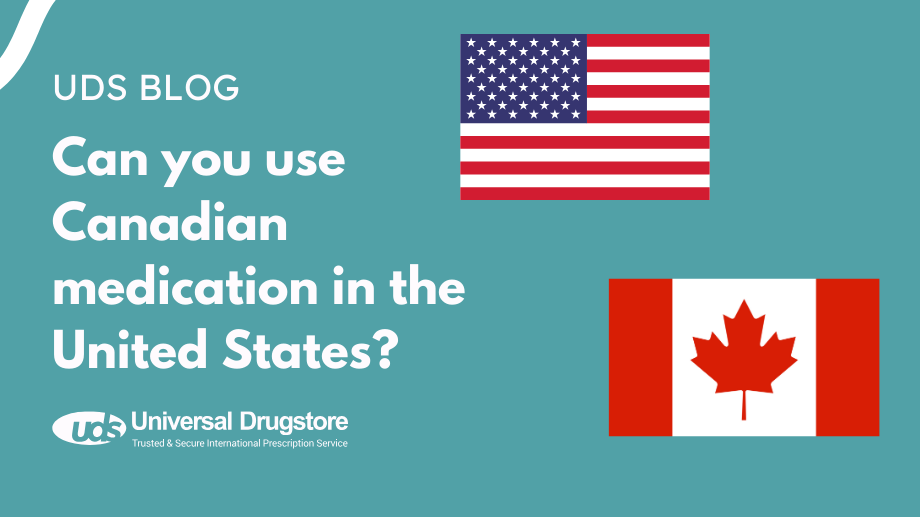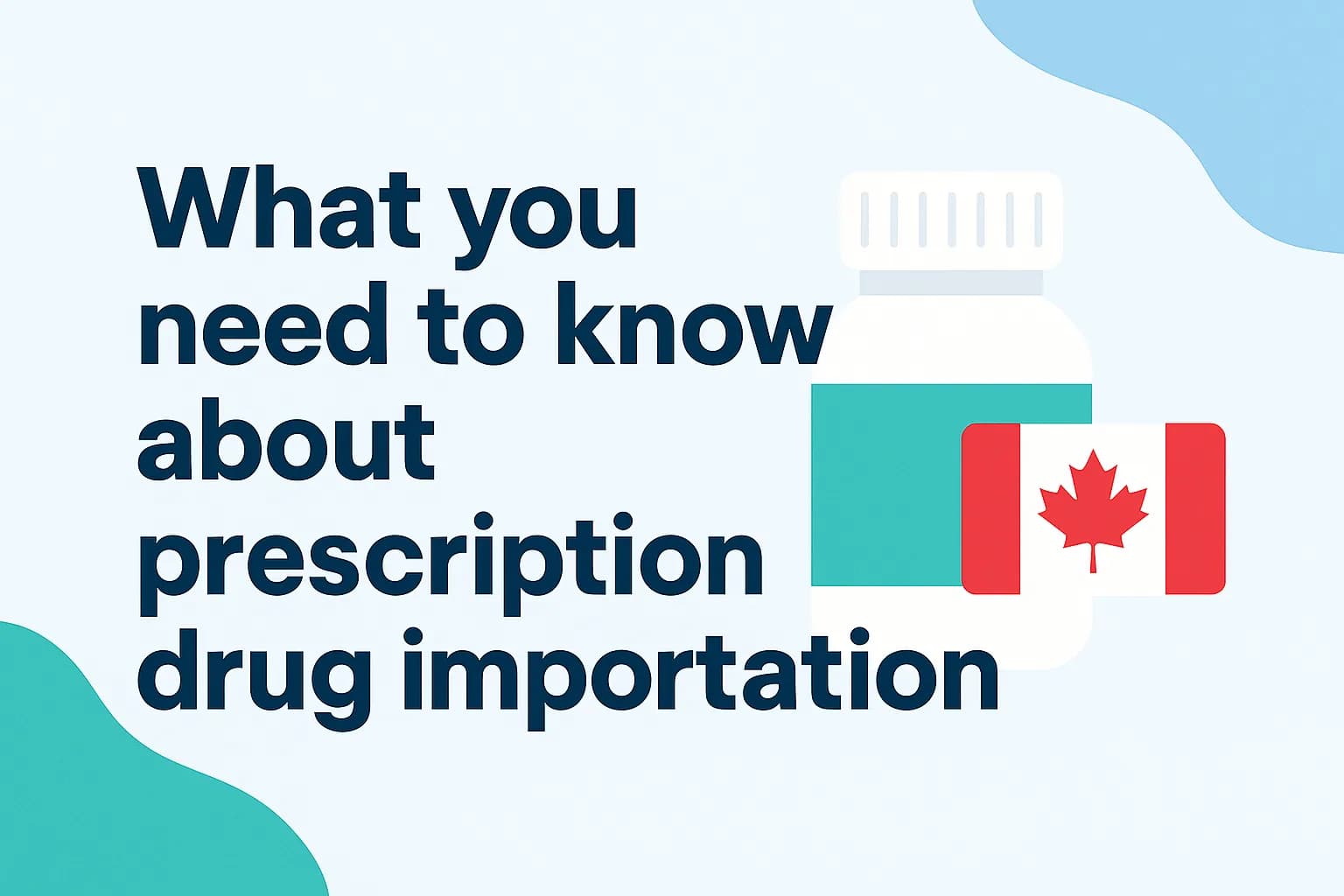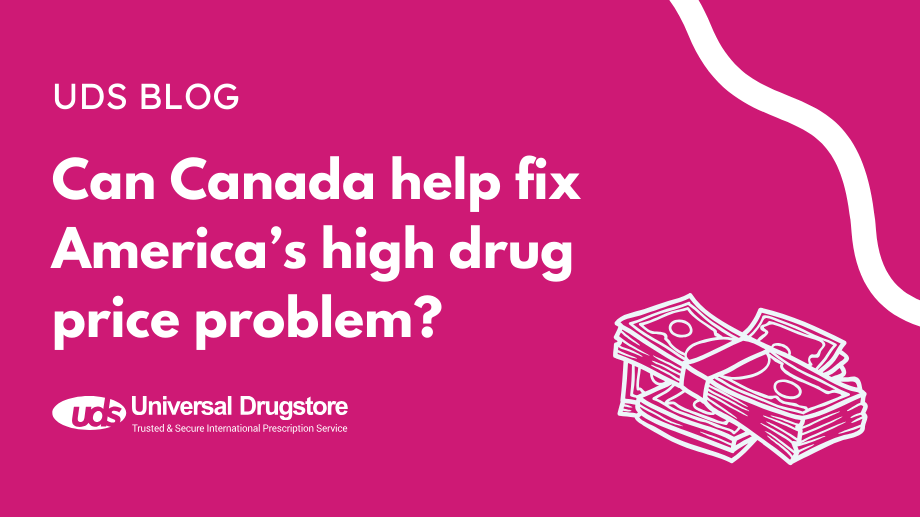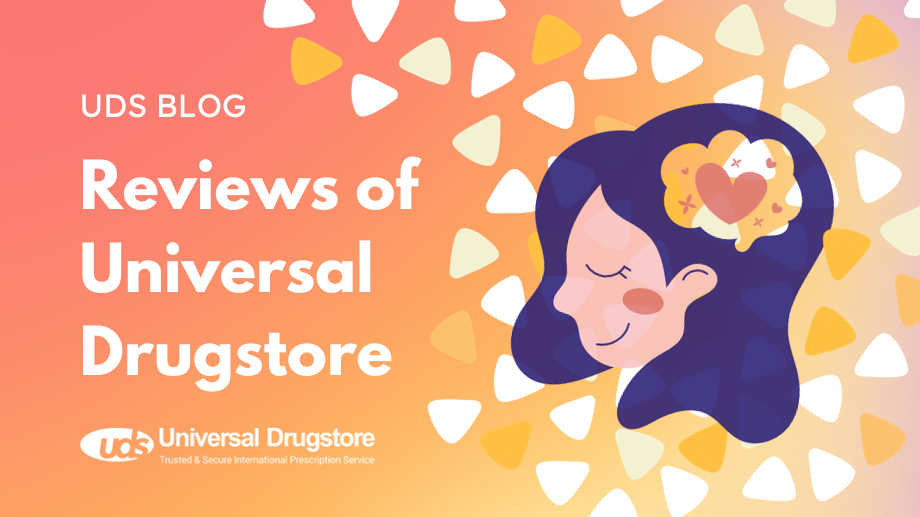Can Canada help fix America’s high drug price problem?
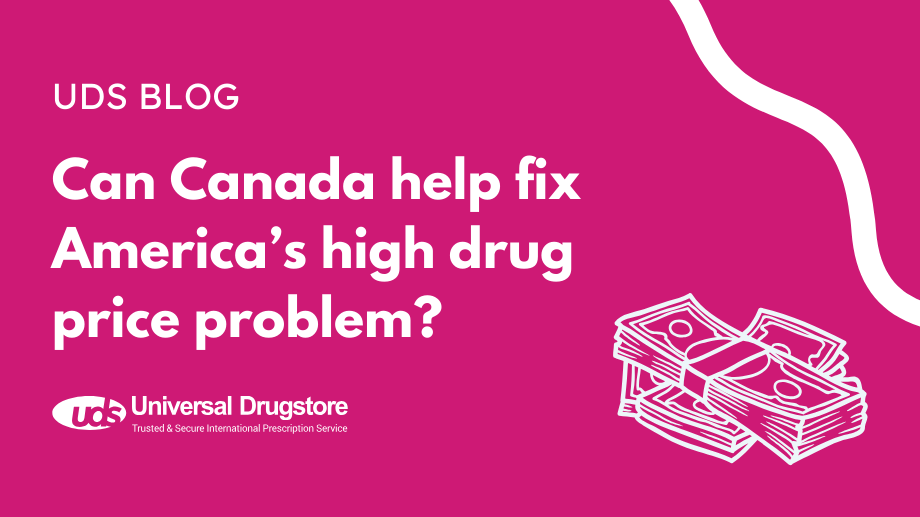
U.S. drug costs are higher than in Canada and other countries where federal government-run, single-payer healthcare systems have price controls and negotiate prescription drug prices. The U.S. on the other hand does not involve itself in the pricing of medications. Pharmaceutical companies can haggle over prices with a variety of private insurers as well as sell to the government.
Demand for prescription medications in the U.S. is also at an all-time high. It is estimated that 60% of the U.S. population, and 90% of Medicare beneficiaries have taken at least 1 prescription medication in the past month.
Politicians from former President Donald Trump, current President Joe Biden, and Bernie Sanders have been calling for years to allow Americans to import certain Canadian drugs.
In January 2024, the U.S. Food and Drug Administration (FDA) gave Florida authorization to order prescription medications directly from wholesalers in Canada. The medications would be made available to Florida residents enrolled in the Medicaid program, inmates, patients at public health departments managed by the State Department of Health, and certain others. Florida Governor Ron DeSantis claims the drug imports will bring safe, lower-cost medications to the state and save up to $180 million on the cost of prescription drugs in the first year alone.
The U.S. government also passed the Inflation Reduction Act of 2022 which allows them to negotiate prices with drug manufacturers on certain medications for Medicare patients. The negotiated prices for these medications will not go into effect until 2026. These measures may lead to lower drug prices for certain Americans who are on Medicare.
What does the Canadian government think about bulk importation of drugs to America?
Officials in government of Canada think drug import programs by themselves are not going to solve the problem of high drug costs in the United States. These programs also have opposition from the pharmaceutical industry and will still need additional state policies to improve how new drug prices are calculated.
Health Canada has expressed specific concern about the impact these drug import programs in the US would have on Canada’s drug supply. The country has a law prohibiting certain drugs intended for Canadian consumers from being sold for use outside of Canada if that sale could cause, or worsen, a drug shortage in their country.
The Canadian government “has been clear in its position: bulk importation will not provide an effective solution to the problem of high drug prices in the U.S.,” the country’s health department said.
Are drugs from Canada more dangerous?
There is no good evidence suggesting medications regulated by Health Canada (the Canadian equivalent of the FDA) were not as safe as the FDA-regulated medications sold in the US. Some of the medications sold in Canada come from America, and many of the medications sold in both Canada and the US come from the same manufacturers overseas.
There have been studies that compared the quality of medications purchased from online Canadian pharmacies with ones from the US, and found they are basically the same. If there is minimal risk to importing medications, why are some politicians against these new programs. One of the main reasons is that the pharmaceutical industry is one of the most powerful political forces in America. In Congress and the House, Big Pharma has more than 1,800 well-paid lobbyists in Washington. These include former leaders of the Democratic and Republican parties. They lobby to protect their bottom line and profit margin.
What can America do to lower drug prices?
While relaxing laws that would allow Americans to import medications from other countries may help you save money on your prescriptions, it is not a long term fix. It should be noted that there are no easy solutions to the problem of high drug prices. One way to address this problem would be to shorten patent protections for new medications. Reform to the system to prevent patent abuse and overpatenting would let generics hit the market sooner and generate competitive pricing.
Unlike most other developed nations, the U.S. does not negotiate the price of new medications based on the value they provide. This allows drugmakers to set astronomical prices on drugs that are not worth it. A neutral agency that can set the prices of new medications based on their value is one way to solve this. Another way would be to set a maximum price of medications based on average international pricing.
A cap on price increases could also help with the high cost of medications in this country. We clearly need state or federal regulations to prevent unjustified or excessive price increases.
Doctors in the United States receive higher reimbursement for injectable drugs, including IV chemotherapy, and they typically cost more. This gives them a financial incentive to prescribe a more expensive medication when there are cheaper alternatives available. Changing this to a fixed reimbursement model could lead to more cost effective prescribing.
Drug companies spent more than 8 billion dollars on direct-to-consumer advertising in 2022. This raises the price of medications while increasing the demand for newer, more expensive drugs. Direct-to-consumer advertising is banned in most other countries and America needs to consider changing how medications are marketed to consumers.
Pharmacy benefit managers (PBMs) help negotiate pricing for employers and insurance companies. There needs to be more transparency on the deals they make and how they are making profits. Rebates they receive from drug companies should not go add to their profits but instead be passed on the consumers. This could help reduce drug prices for millions of Americans.
Sources
- S.G. Morgan, C.B. Good, C. Leopold, A. Kaltenbeck, P.B. Bach, and A. Wagner. An analysis of expenditures on primary care prescription drugs in the United States versus ten comparable countries. Health Policy, 122(9), 1012–1017. Accessed June 3, 2024.
- Cohen, M. et al. Policy options for increasing generic drug competition through importation. Health Affairs Blog. Accessed June 3, 2024.
- Feldman, R. ‘One-and-done’ for new drugs could cut patent thickets and boost generic competition. Accessed June 3, 2024.
- FAQs on Prescription Drug Importation. KFF. Accessed June 3, 2024.
- Hughes, S., et al. (2023). Following the money: Untangling U.S. prescription drug financing. Center for American Progress. Accessed June 3, 2024.
- Pharmaceutical Research and Manufacturers of America Foundation. (2024). PhRMA statement on FDA authorizing Florida’s importation plan. Accessed June 3, 2024.
